Top Photo: J E Beardwood of the Civilian Technical Corps offers sweets to a young boy and girl on a sunny Bournemouth street. Beardwood is originally from Brooklyn, New York, and has a wife and two daughters back in the United States. Image: IWM (D 4921)
The Royal Air Force’s victory in the Battle of Britain spared the United Kingdom from a potential German cross-channel invasion. However, once the Americans were involved in the European theater, England soon succumbed to another type of “invasion.”
Given the “Germany first” strategy, and as early as 1942, American forces soon established bases and camps throughout the British Isles. Many of the first large-scale groups of US personnel were from the US Army Air Forces participating in the Combined Bomber Offensive over occupied Europe. Operating from newly constructed airfields largely in East Anglia, American servicemen quickly made their presence felt in the once placid and quiet towns in the English countryside.
In addition to the influx of airmen bombing occupied Germany, the cross-channel invasion planned for mid-1944 saw approximately 1.5 million Americans staged in the United Kingdom. Most were placed in what was referred to as “sausage camps.” (Named so because of the basic outline of their shape.) In addition to the East Anglia bases, these camps dotted regions of the UK such as Wales, Devon, and Cornwall, to include parts of Ireland. With so many young, relatively well-paid Americans in the Isles, local British towns and cities were soon overrun with US servicemen.
Often referred to as the “Friendly Invasion,” the mixing of Yanks with British subjects often made for a clash of cultures. American personnel were exceptionally well-paid compared to their UK counterpart and were specifically warned in War Department publications “not to brag or bluster” when dealing with their hosts.
Regardless of such instruction, one teenage girl from Bournemouth interacting with GIs observed, “They swaggered, they boasted, they threw their money about… How we loved it!”
Such conduct was often considered boorish to British men who were more reserved in both tone and temperament. Much to the chagrin of their “Tommy” counterparts, children too became keen on Americans having learned that GIs were usually well stocked and generous with candy, crackers, and gum. Given the presence of Americans, an often-heard term from a child to a US soldier was, “Got any gum Chum?”
Getting off-base passes, US troops soon infiltrated or swarmed the small quaint pubs usually frequented by the local populations. Regardless of the combined effort to defeat the Axis powers, the Americans in the UK weren’t always welcome as they often sought and acquired the few comforts still available in wartime England. With the influx of so many relatively wealthy and healthy, young Americans at the peak of their reproductive prowess, British subjects complained that the Americans were, “over-paid, over-sexed, and over here.”
With the induction of so many Americans into the UK, one British newspaper poll determined that the Americans were held in lesser regard compared to the exiled Czechs, Russians, or Italians! Despite these cultural differences, the “Friendly invasion” forged a bond between the two nations resulting in an eventual victory over European fascism.
John Curatola, PhD
John Curatola, PhD, is the Samuel Zemurray Stone Senior Historian at the Jenny Craig Institute for the Study of War and Democracy.
Cite this article:
MLA Citation:
APA Citation:
Chicago Style Citation:
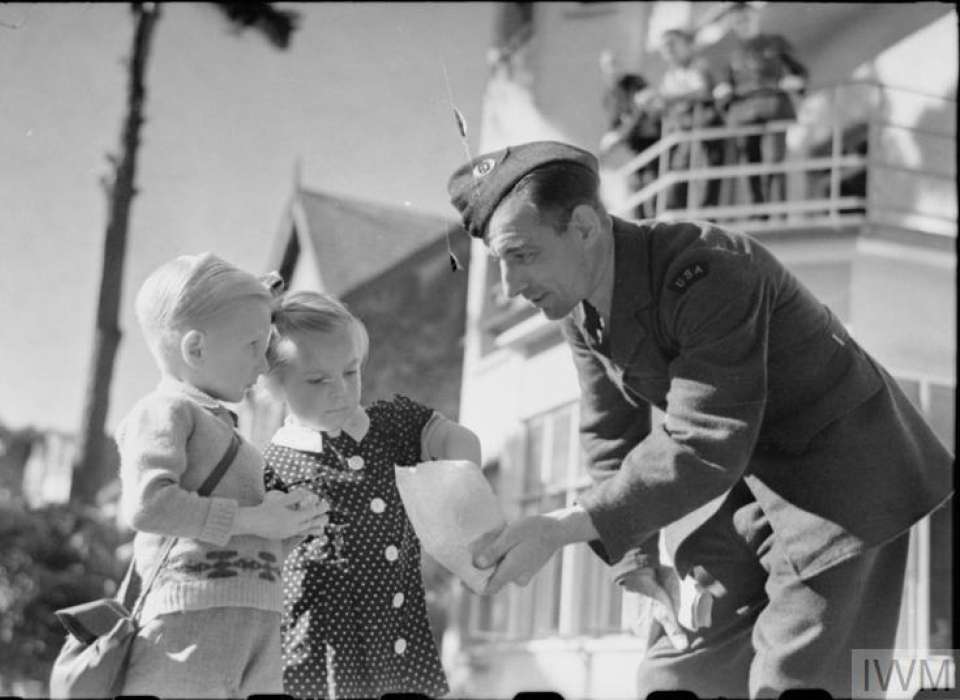
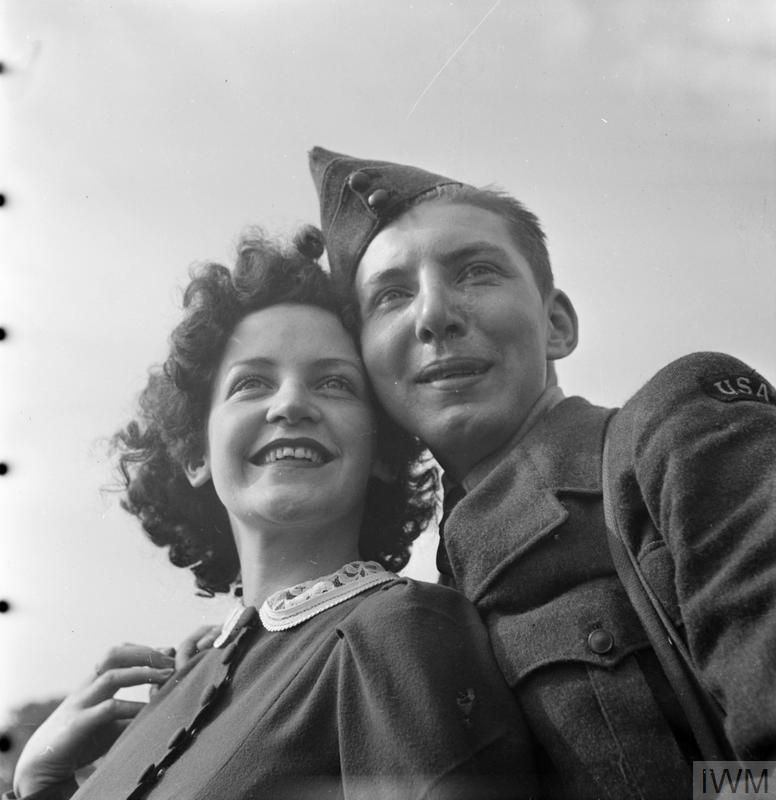

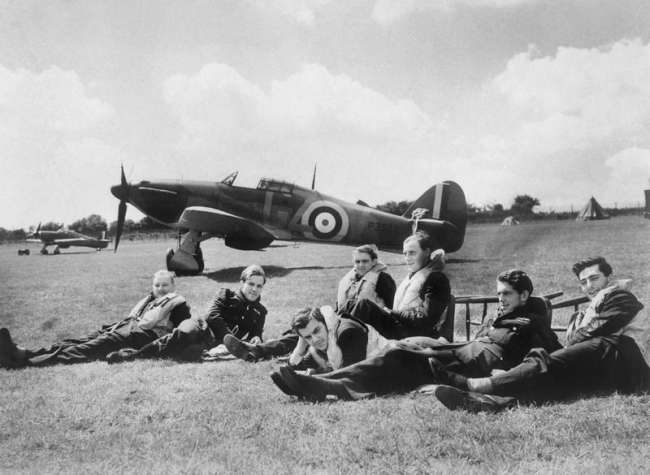
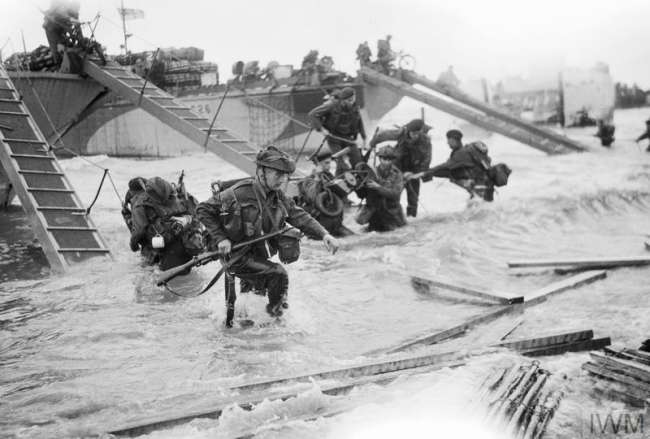
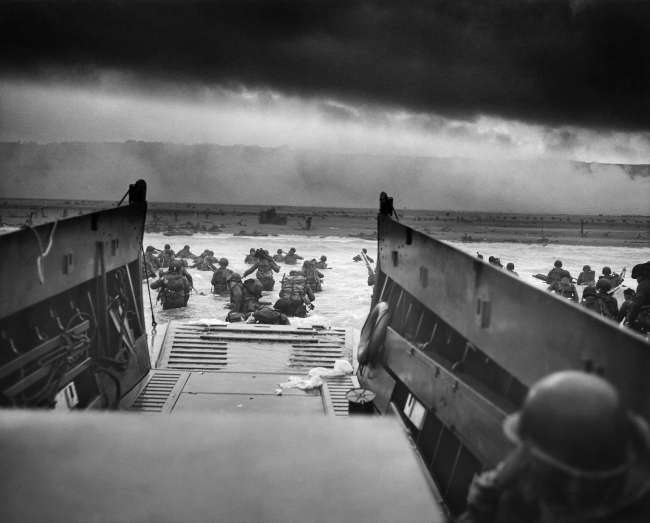
![Max Fuchs, New York City cantor, sings as Rabbi Sydney [sic] Lefkowitz, Richmond, VA, conducts the first Jewish services from Germany.](/sites/default/files/styles/max_650x650/public/2025-10/image1.jpg)






